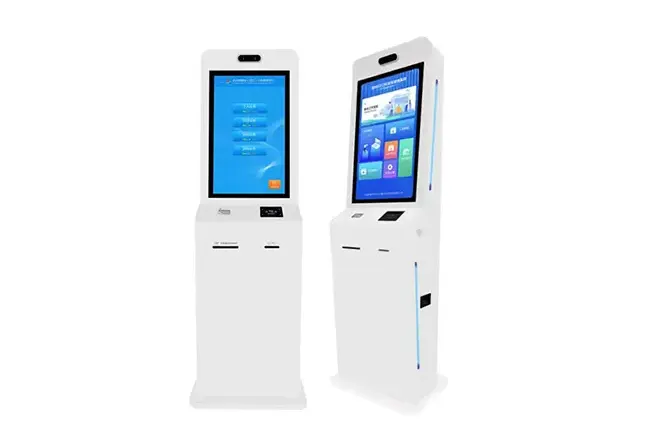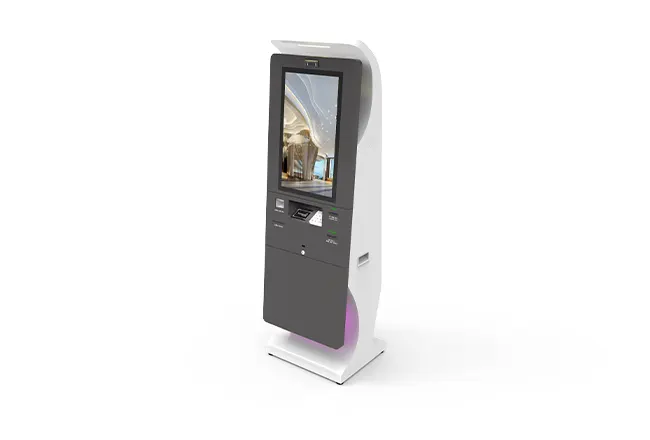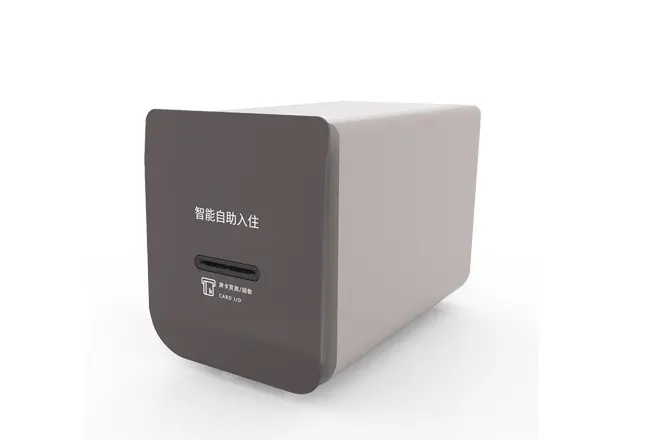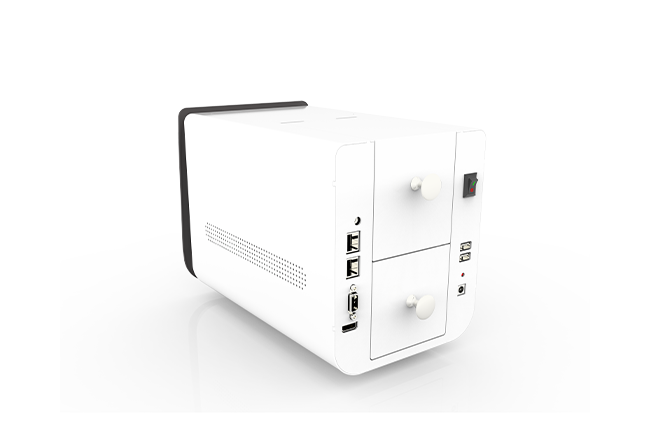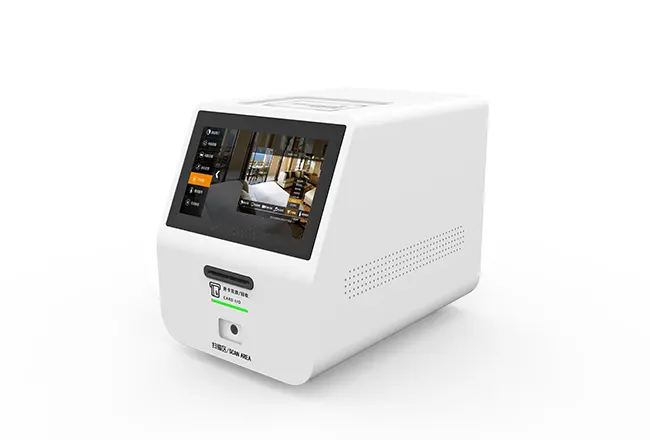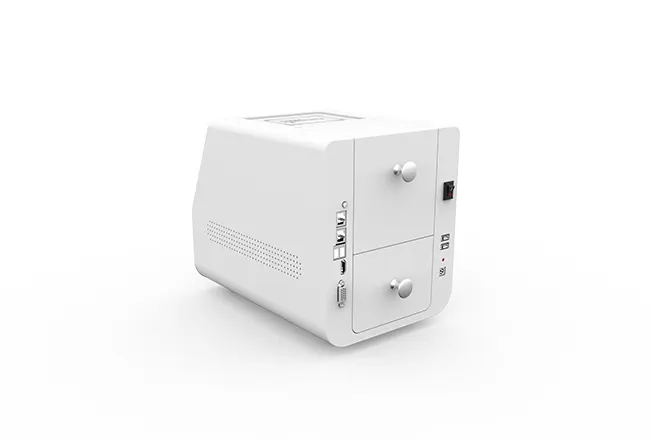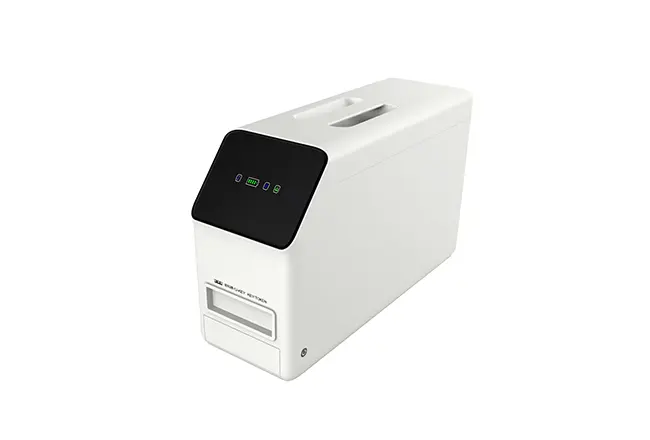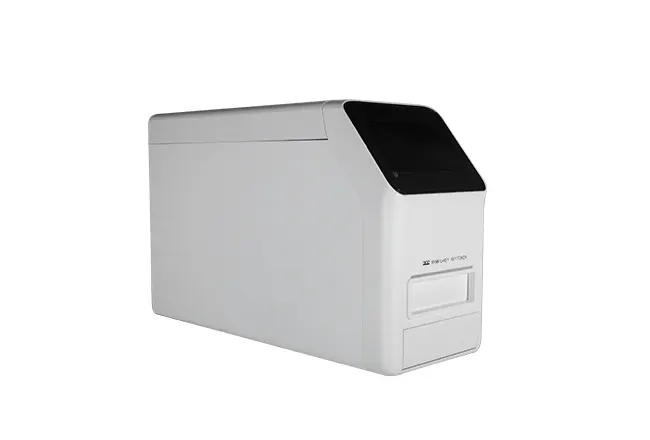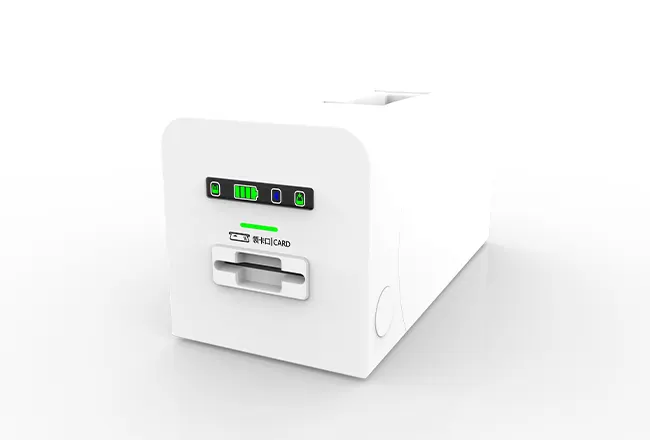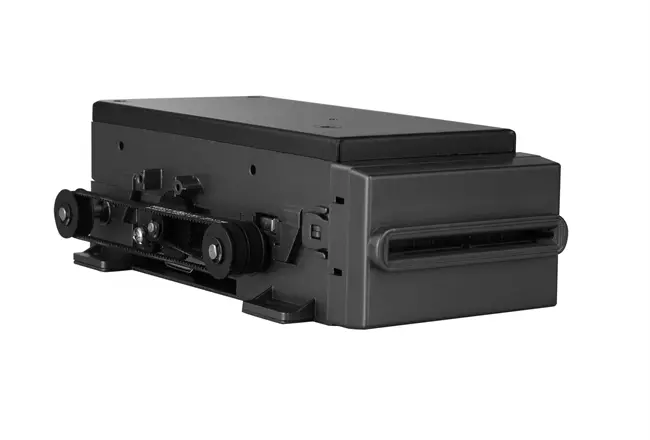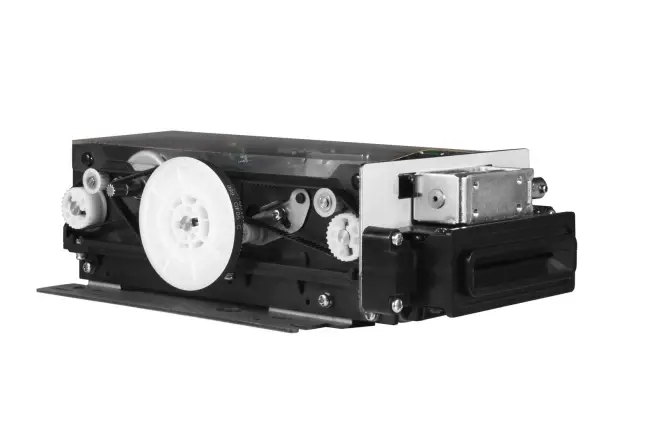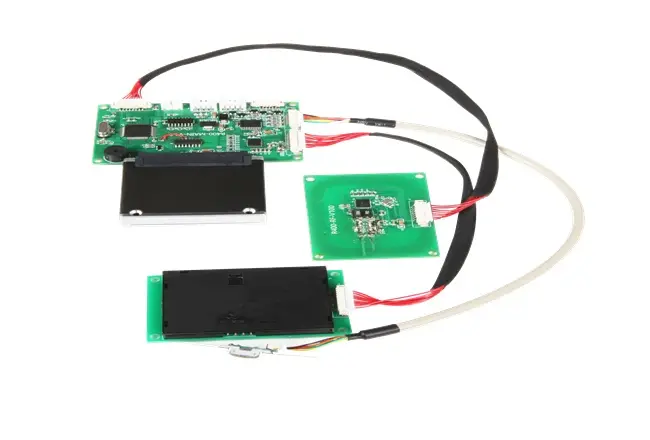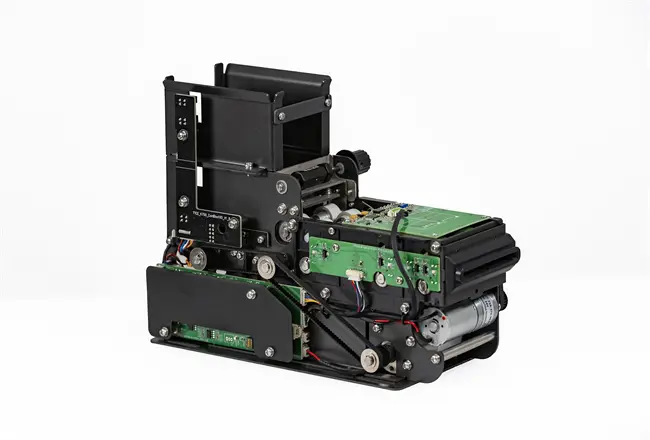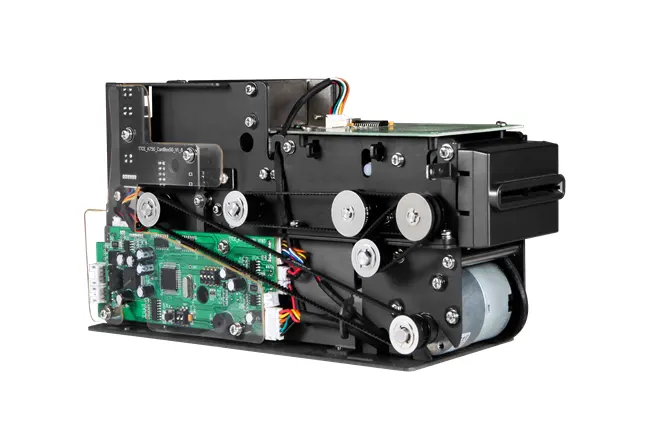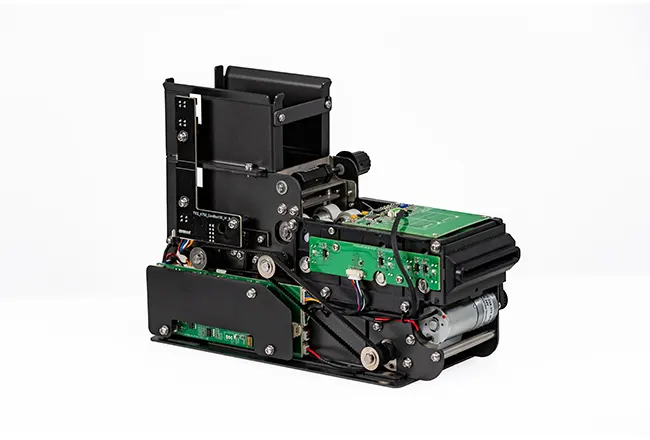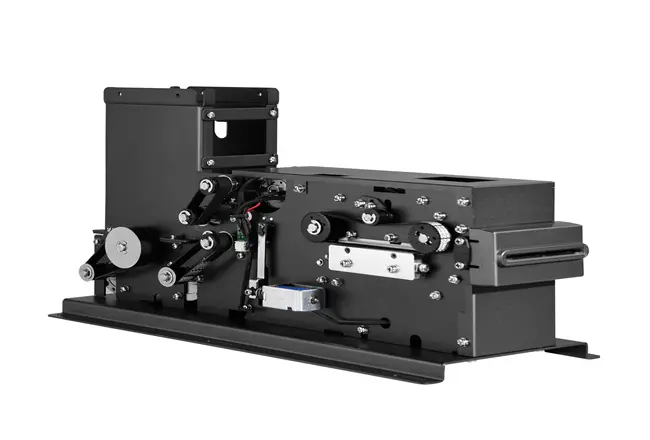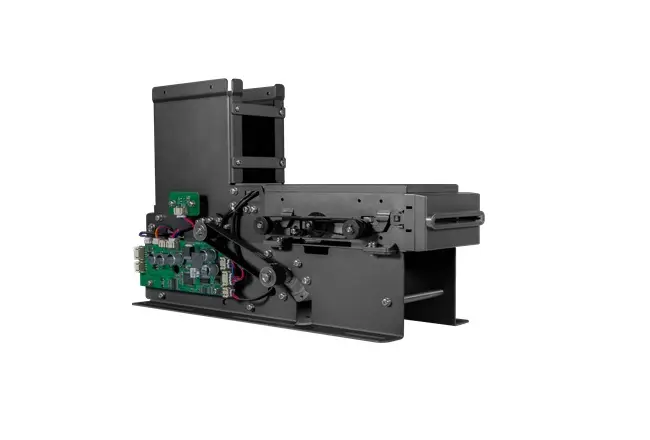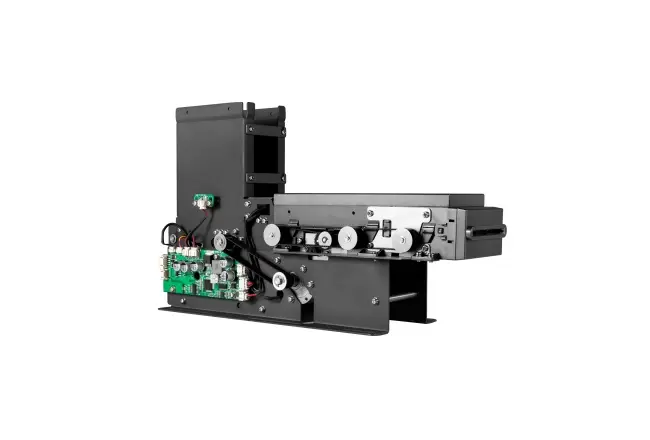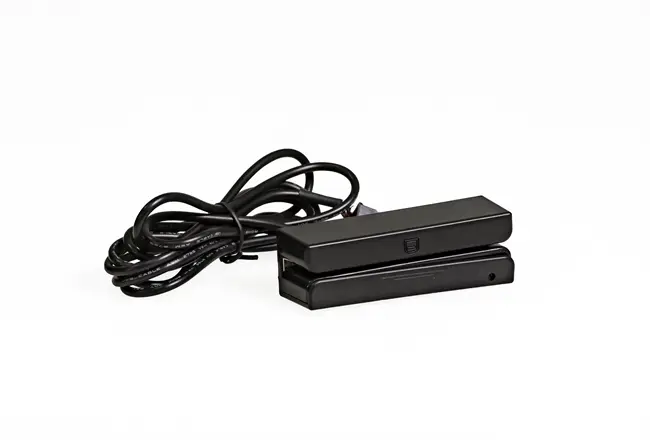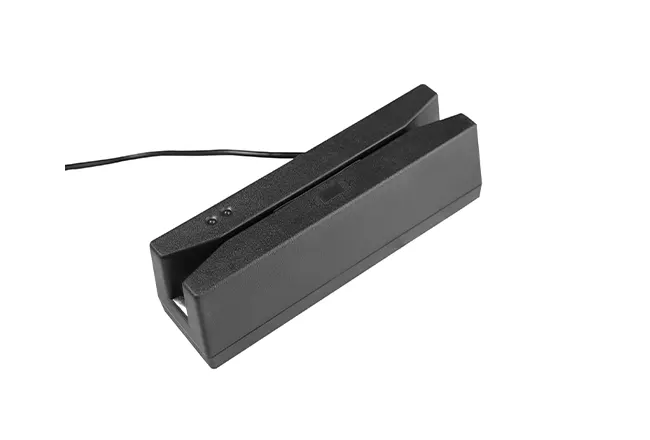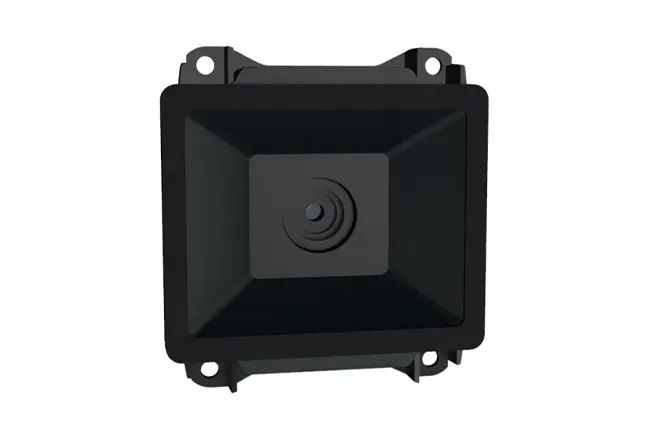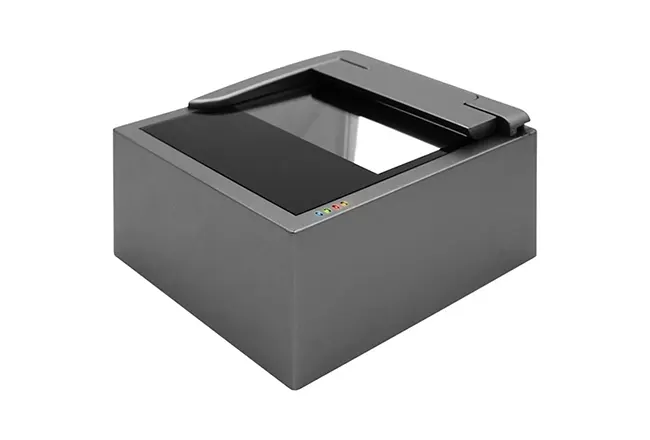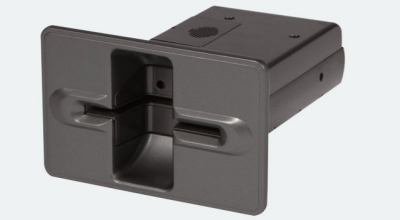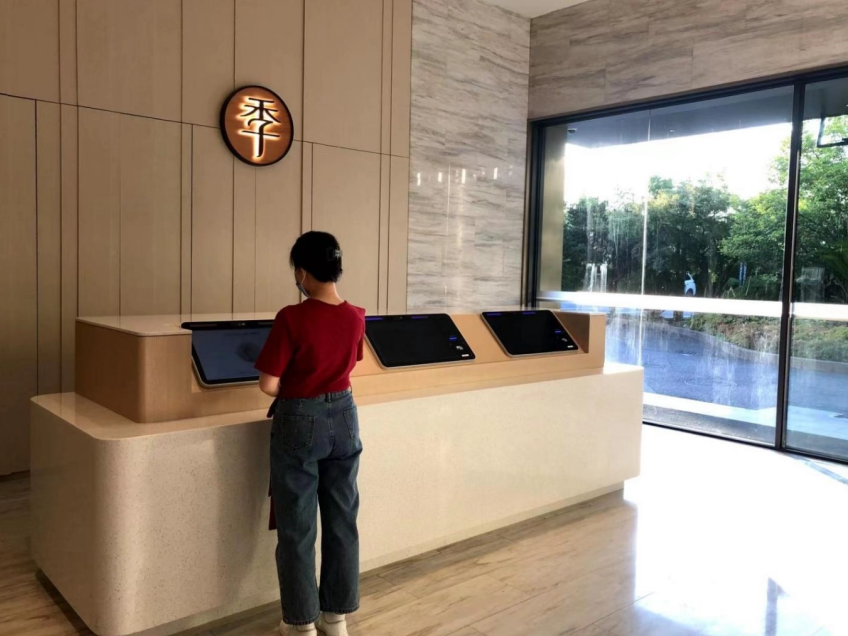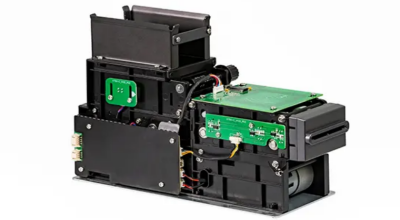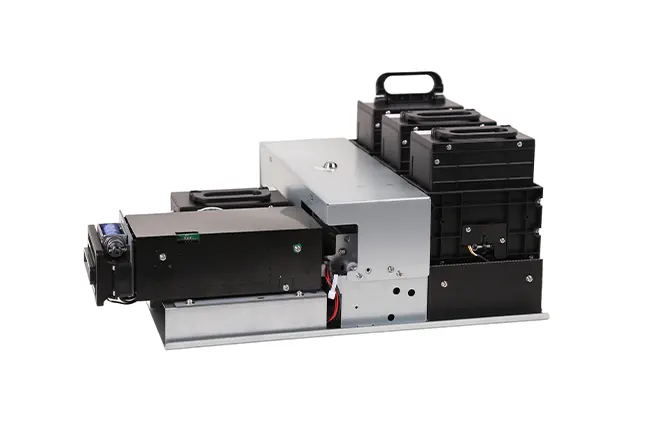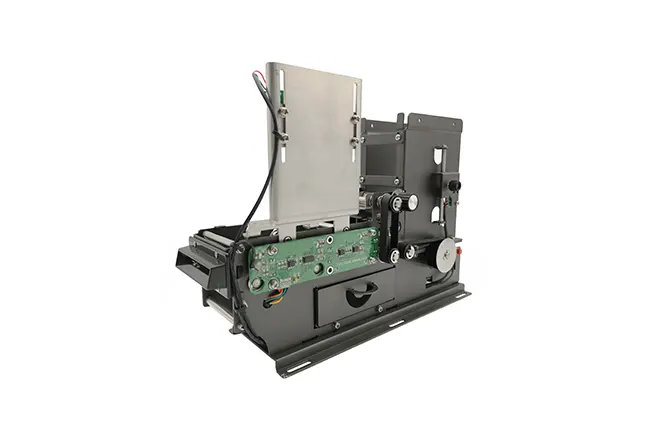Blog Related
RFID Manual Card Reader: A Reliable Tool for Secure Access Control
2025-06-191 | Rethinking Security: Why Less Is Often More
Most of us picture modern security as a maze of motion sensors, network cables, and blinking dashboards. Yet anyone who has managed a busy lobby or a remote site knows that elaborate gear can be a double-edged sword. It promises airtight protection, but the reality often involves downtime, tangled wiring, and puzzled users. Somewhere along the line, we forgot that simplicity is itself a form of strength. Enter the RFID manual card reader. No constant power feed, no wireless handshake that might drop at the worst moment - just a human hand guiding a plastic card across a slim slot. The swipe takes a heartbeat, the data transfers in a flash, and the door pops open. There is a quiet elegance in that routine, an elegance that never makes the evening news precisely because it rarely fails.
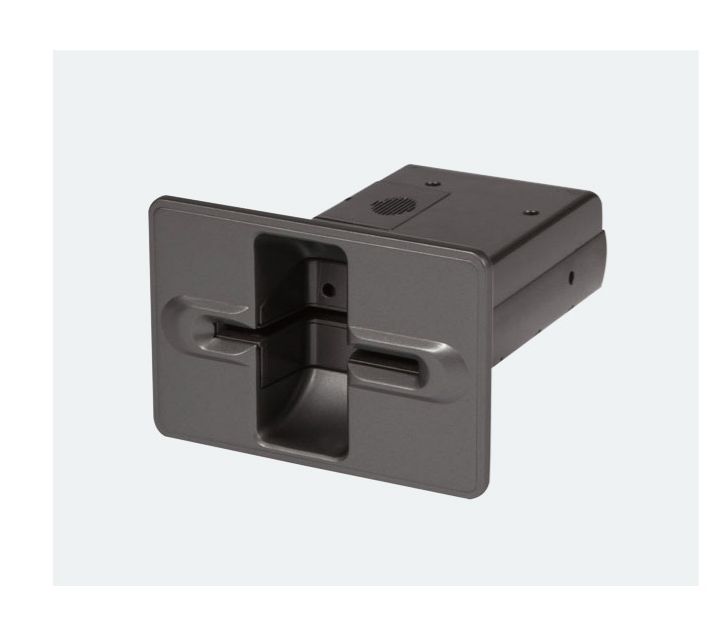
When budgets tighten or the installation site sits far from reliable electricity, "plug and play" quickly becomes "plug and pray." A reader that runs happily on 5 V and stores neatly under a counter feels like a breath of fresh air. Even better, the learning curve is a gentle slope; first-day employees pick it up in minutes, and visitors rarely need instructions.
Quick wins with a manual reader:
• Zero learning curve - if you can swipe a metro card, you're good
• No tangled cables - low-voltage input or battery pack does the job
• Predictable performance in dusty workshops or humid basements
That unpretentious workflow is why more facilities are choosing a swipe-first approach instead of chasing the latest smart gadget. Security that people actually use beats security that lives in the storeroom waiting for an engineer.
2 | Inside the Swipe
Raise the hood on any RFID manual card reader and you'll find radio-frequency coils tuned to the same standard tags used by big automated gates. Mechanically, the difference is that the reader expects motion. The moving card wakes the chip, the coil harvests just enough energy to read it, and the controller spits out a clean string of data to whatever access software you prefer.
That simple hardware design opens a door - pun intended - to surprising flexibility:
✅ Interface freedom. Need USB for a kiosk or RS-232 for a legacy controller? Most manual readers can speak both languages.
✅ Data security baked in. Encryption modules now fit on postage-stamp boards, so even a pocket-sized unit can sign every transaction.
✅ Rugged by nature. Fewer parts mean fewer failure points; dust caps and rubber gaskets keep the grit out.
Take Tianteng's TTCE-R500 as a living example. It measures roughly the size of a deck of cards yet ships with CE, EMV, and FMV certifications - credentials usually reserved for far bulkier machines. During a recent pilot in a coastal warehouse, the team mounted a pair of TTCE-R500 units on an aluminum door frame powered by a rechargeable pack. Salt air later, both readers still greet staff with the same crisp beep they offered on day one.
Real-world use tells the story better than any spec sheet:
• Finance: branch tellers swipe ID badges to unlock cash drawers - no network latency, no excuses.
• Healthcare: a gloved clinician checks medication storage with one swift motion, avoiding touchscreen cross-contamination.
• Rail transit: conductors validate service cards even when tunnels kill the cellular signal.
For the operator, the math is compelling. A reader that rarely needs service frees staff for higher-value tasks, and every avoided service call is money kept in the bank.
3 | Tianteng's TTCE-R500
Why does a factory in Shenzhen care so much about a gadget many would call humble? Because Tianteng started back in 2001 selling magnetic-stripe dispensers and learned early that field conditions chew fancy tech for breakfast. The company's answer was to refine, patent, and iterate - over a hundred times, in fact - until the RFID manual card reader became a cornerstone of its catalogue.
• What Sets the R500 Apart
✅ Dual power convenience - 5 V via USB or standalone adapter means freedom from wall sockets.
✅ True plug-and-play - Mount it, connect two wires, swipe a card; no hidden config labyrinth.
✅ Encryption on board - AES options ship standard, so IT managers sleep easier.
✅ Compact resilience - IP-rated seals shrug off coffee spills and warehouse dust storms alike.

A reader, of course, is only as valuable as the ecosystem behind it. Tianteng's engineers customize firmware for different card types in banking, hospitality, or government ID programs. Firmware updates arrive like smartphone patches - quick, automatic, and non-disruptive. If a client needs custom LED behavior or a bespoke communication protocol, the R&D desk is a direct call away.
"We replace readers about as often as we repaint the walls," a facilities chief at a Singapore hospital joked after swapping magnetic swipes for manual RFID units. That longevity speaks volumes. It also reduces electronic waste, ticking another box for sustainability officers aiming to shrink their carbon footprint.
Ready for a Security Shuffle?
Security professionals have spent years chasing miracles in AI-driven surveillance, yet sometimes the miracle is a straightforward, hand-powered swipe. An RFID manual card reader like the TTCE-R500 proves that technology need not be noisy to be revolutionary. It arrives in a small box, installs in an afternoon, and keeps doing its job long after shiner systems demand firmware patches, battery swaps, or costly service calls.
If your next project calls for reliable access control without the overhead of a full network overhaul, a manual RFID reader deserves a spot on the shortlist. Less cable. Less headache. More uptime. In the end, that's seamless security - the kind people notice only when it isn't there. Curious to see how a deck-of-cards-sized device can transform your workflow? Reach out to Tianteng for a test drive, or drop the TTCE-R500 into your next pilot program. Sometimes, the simplest tool in the toolbox is also the smartest.

